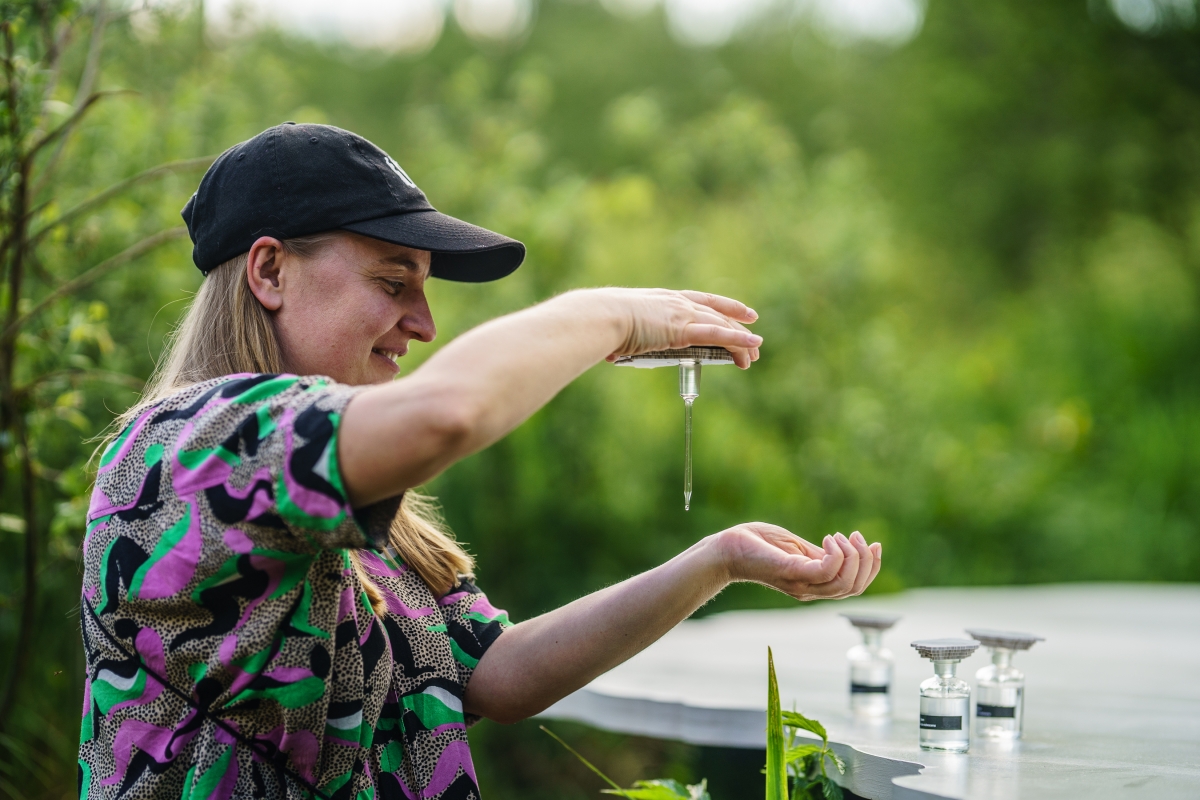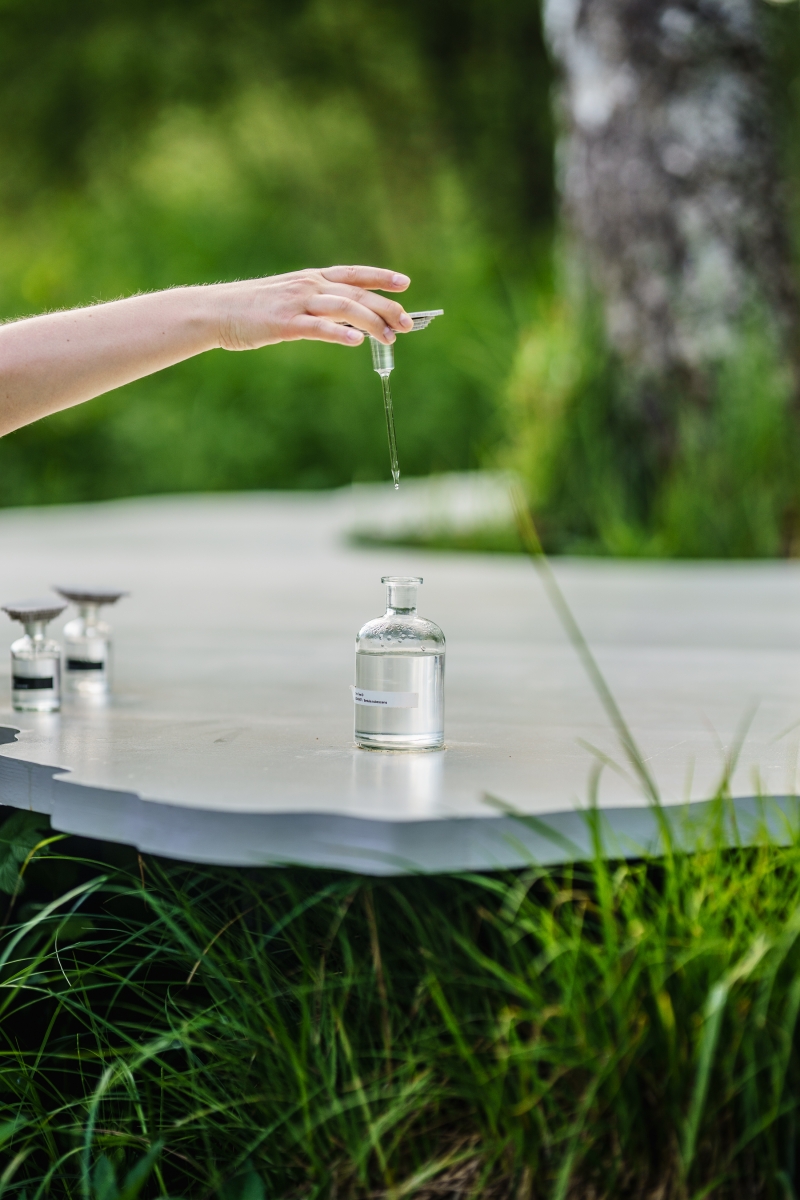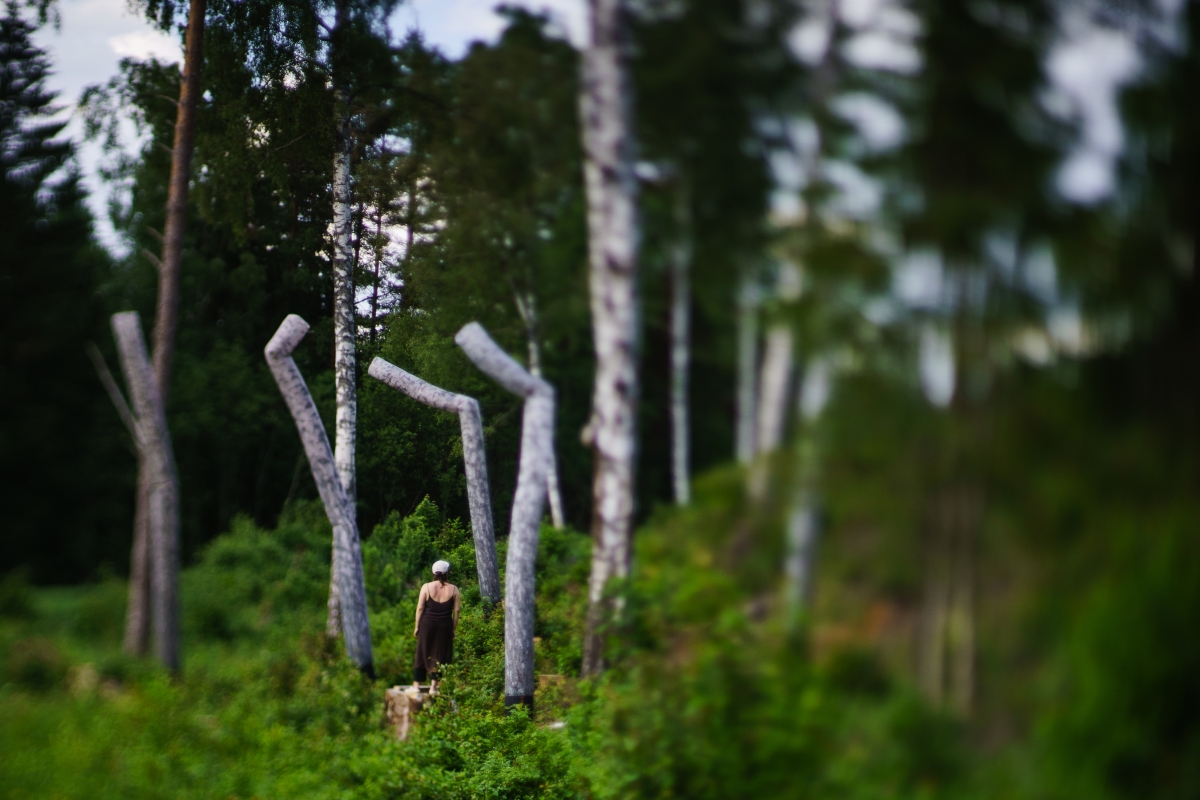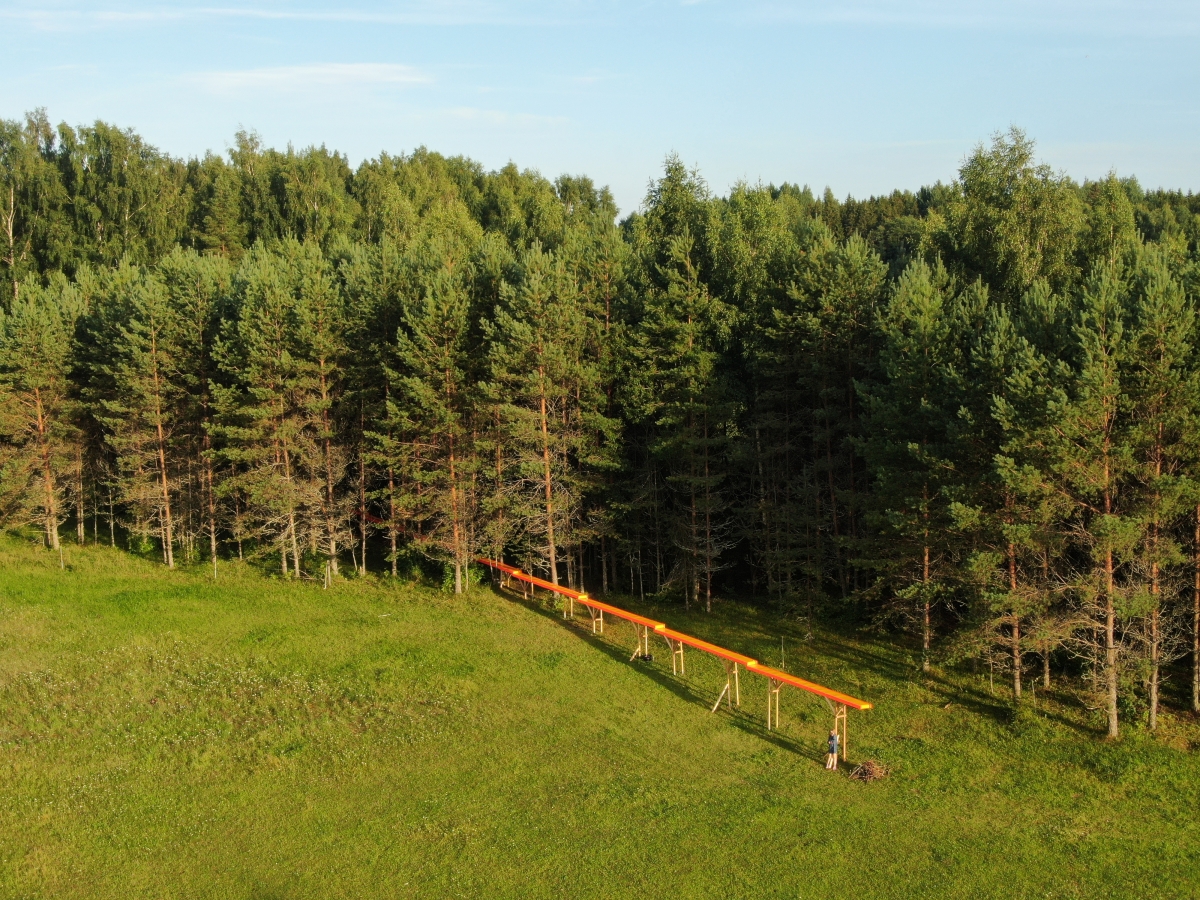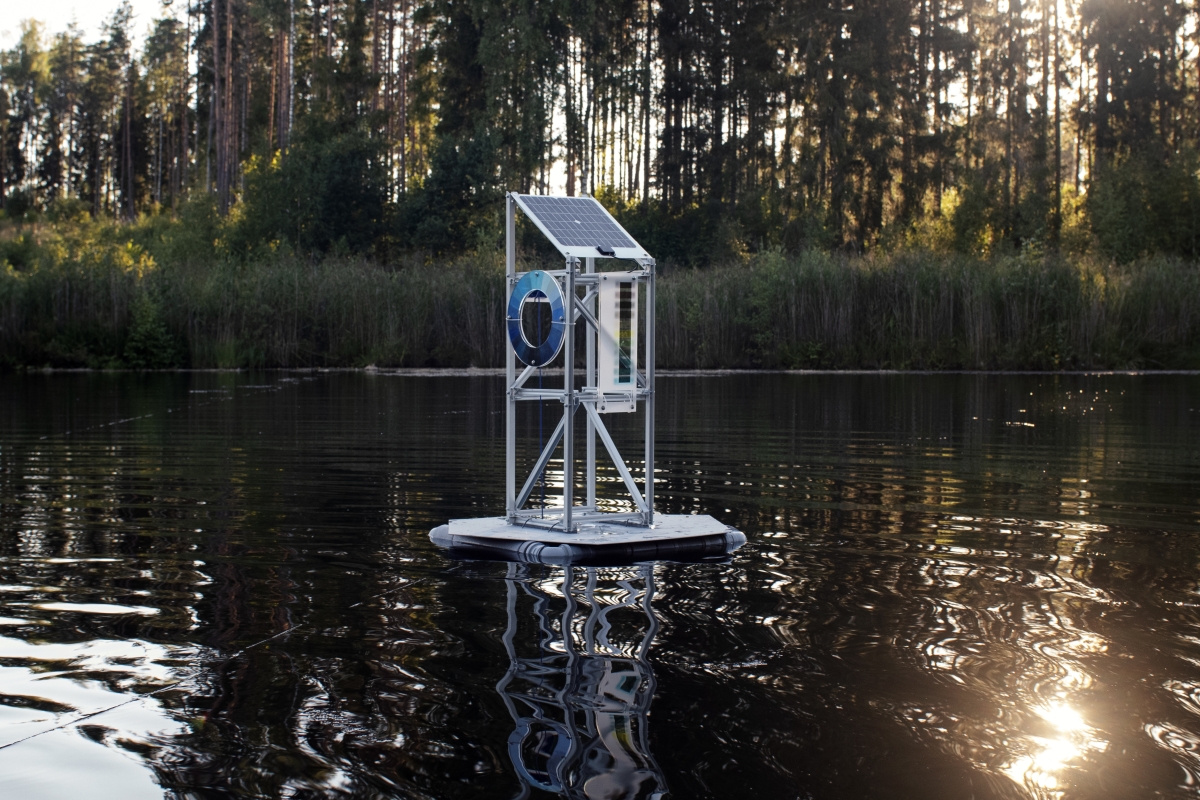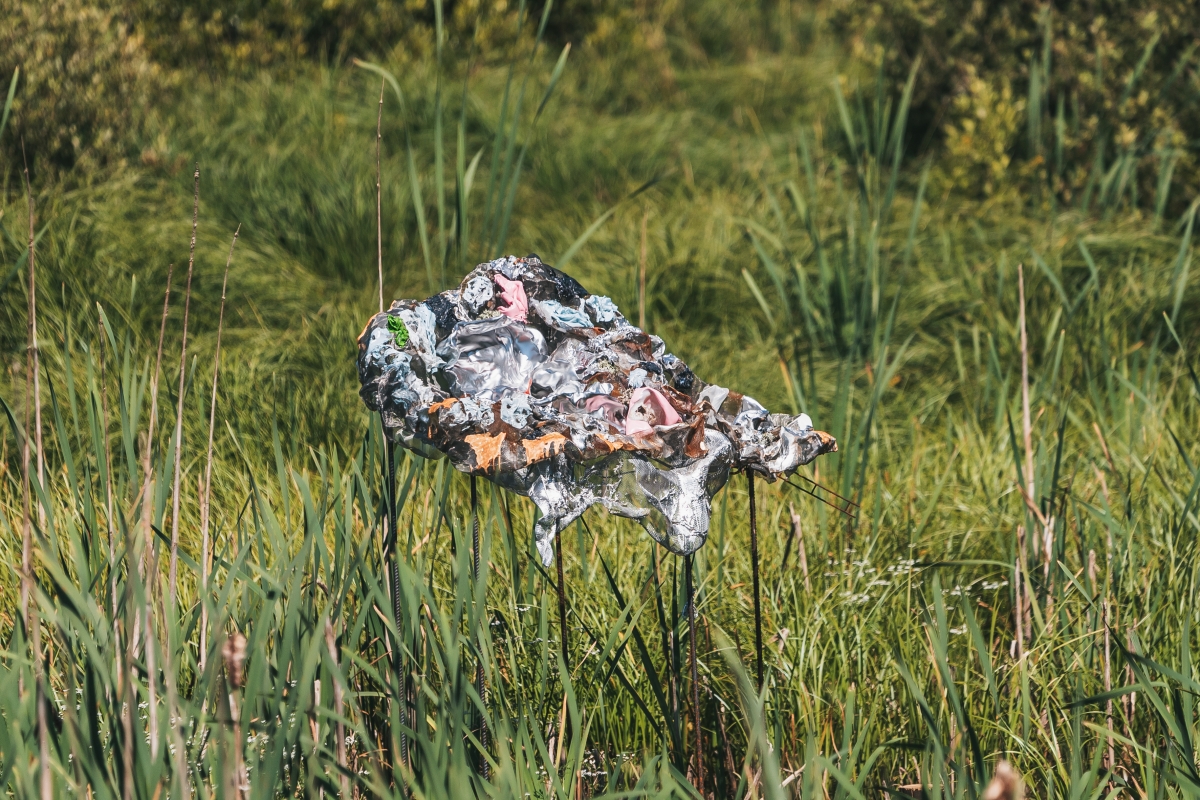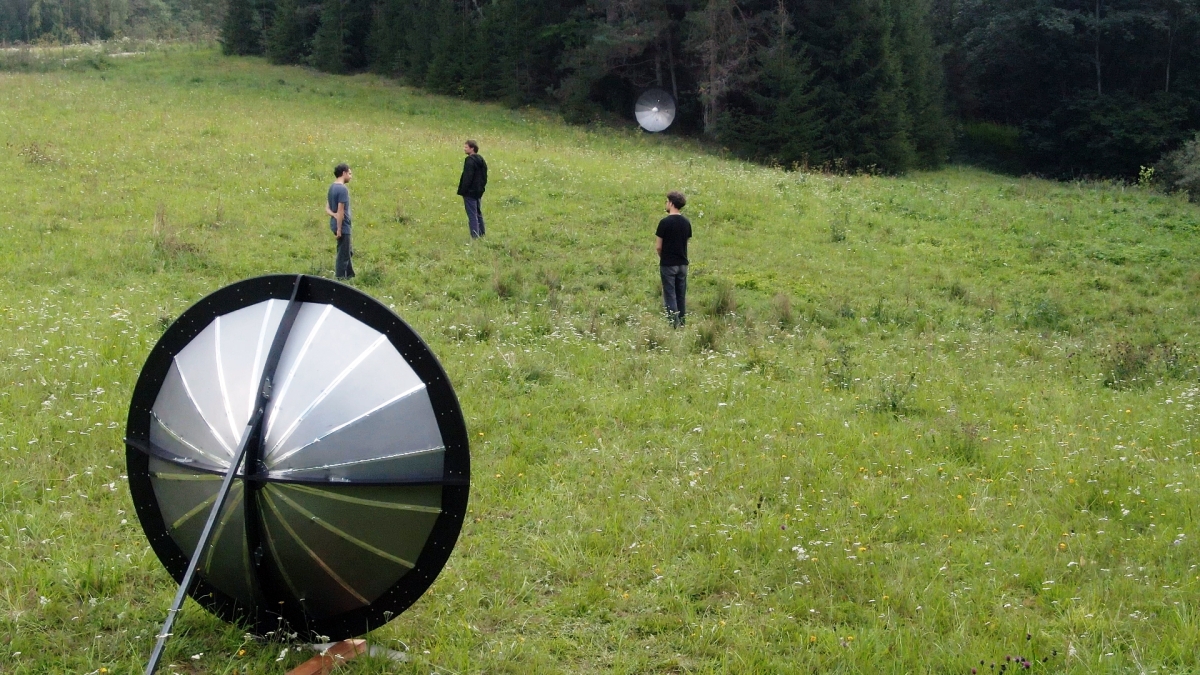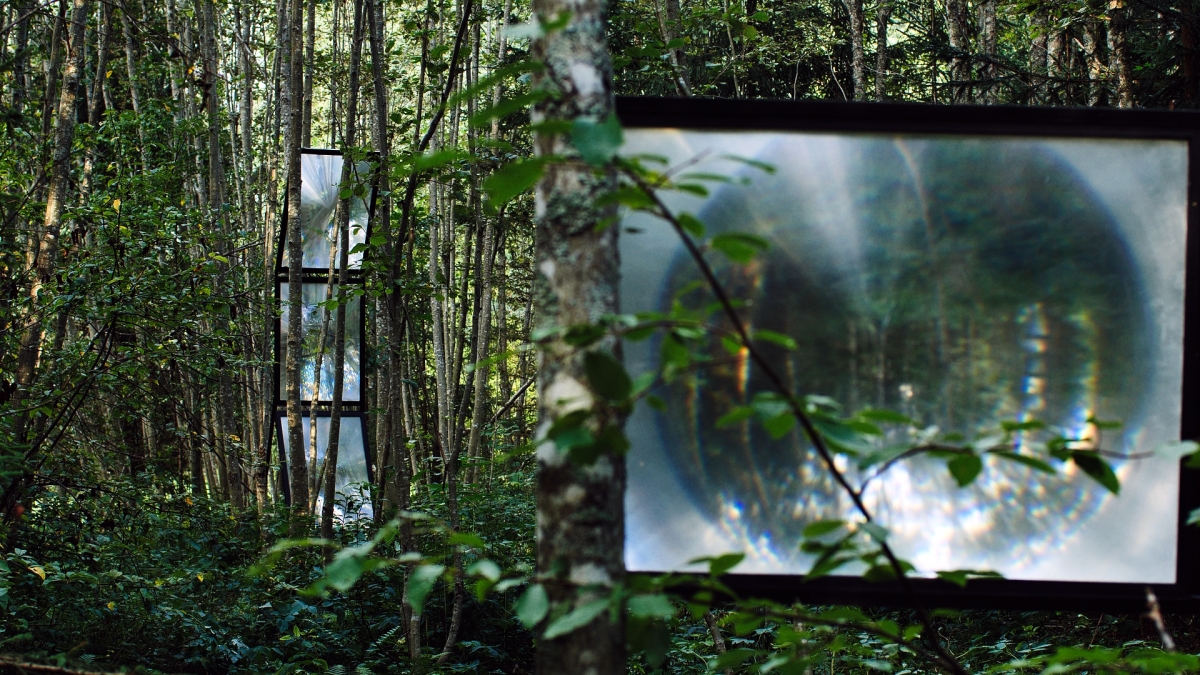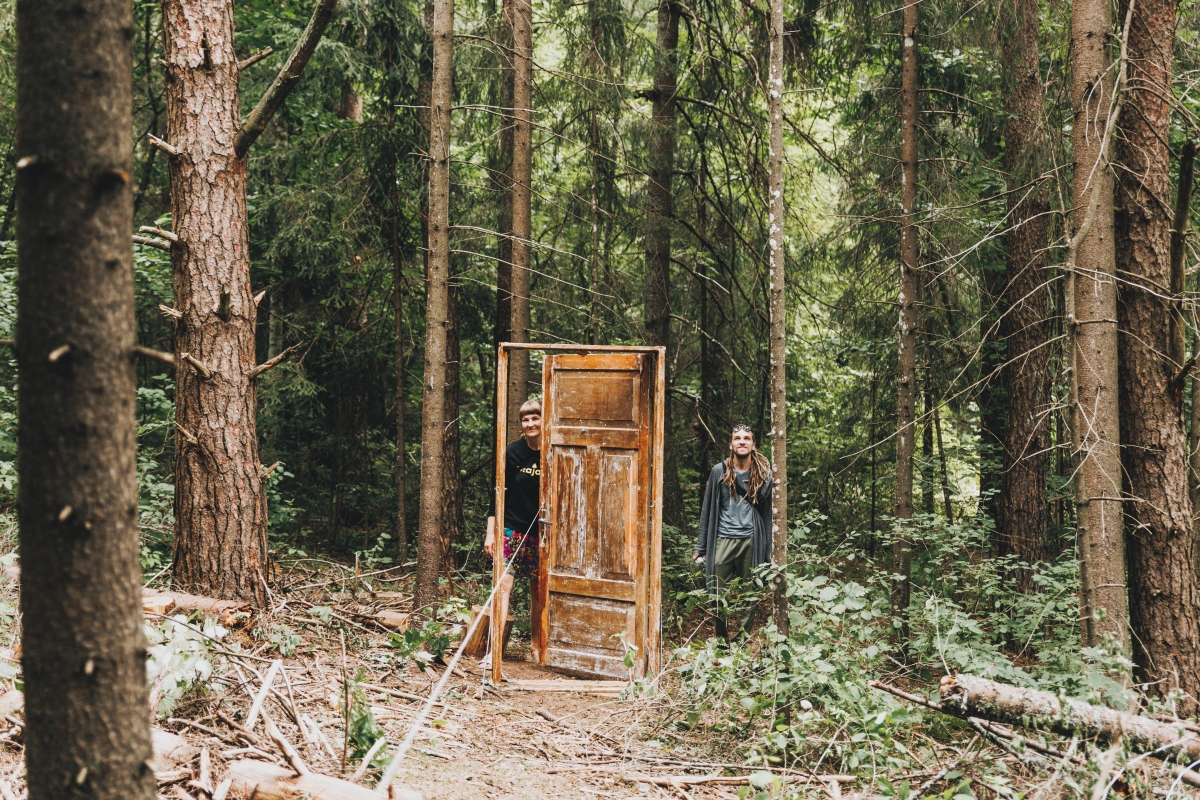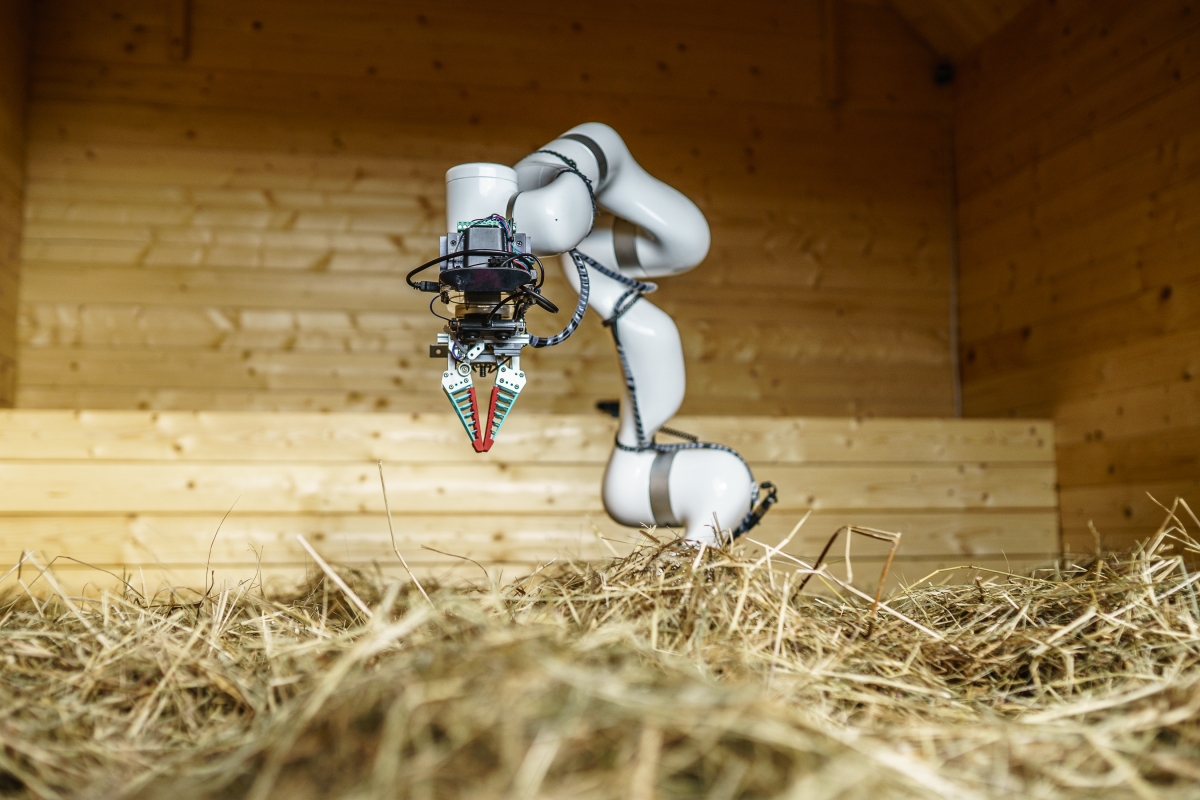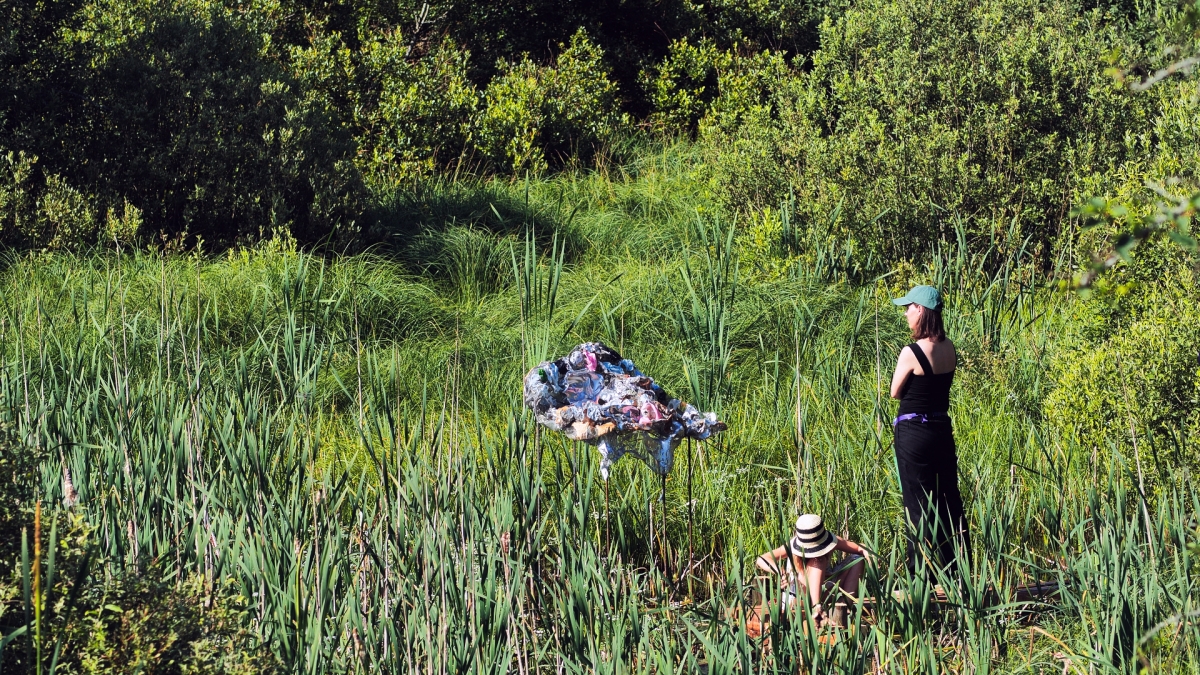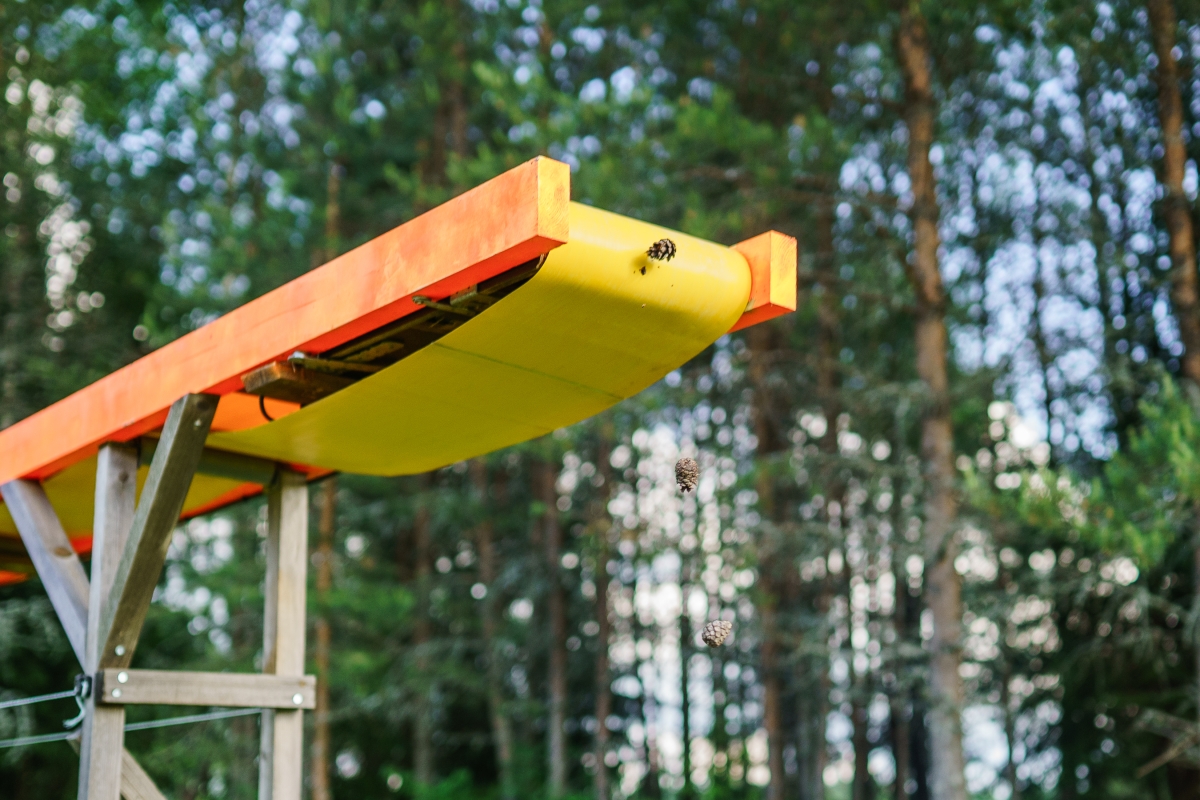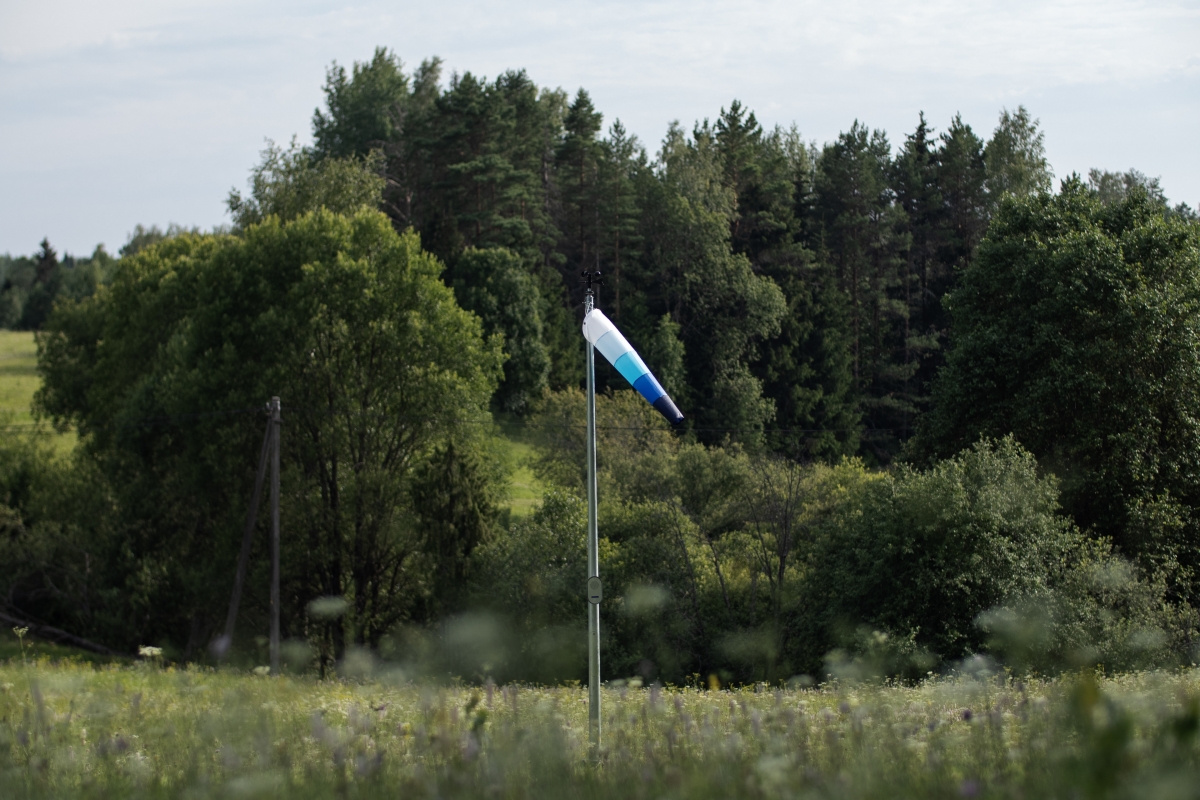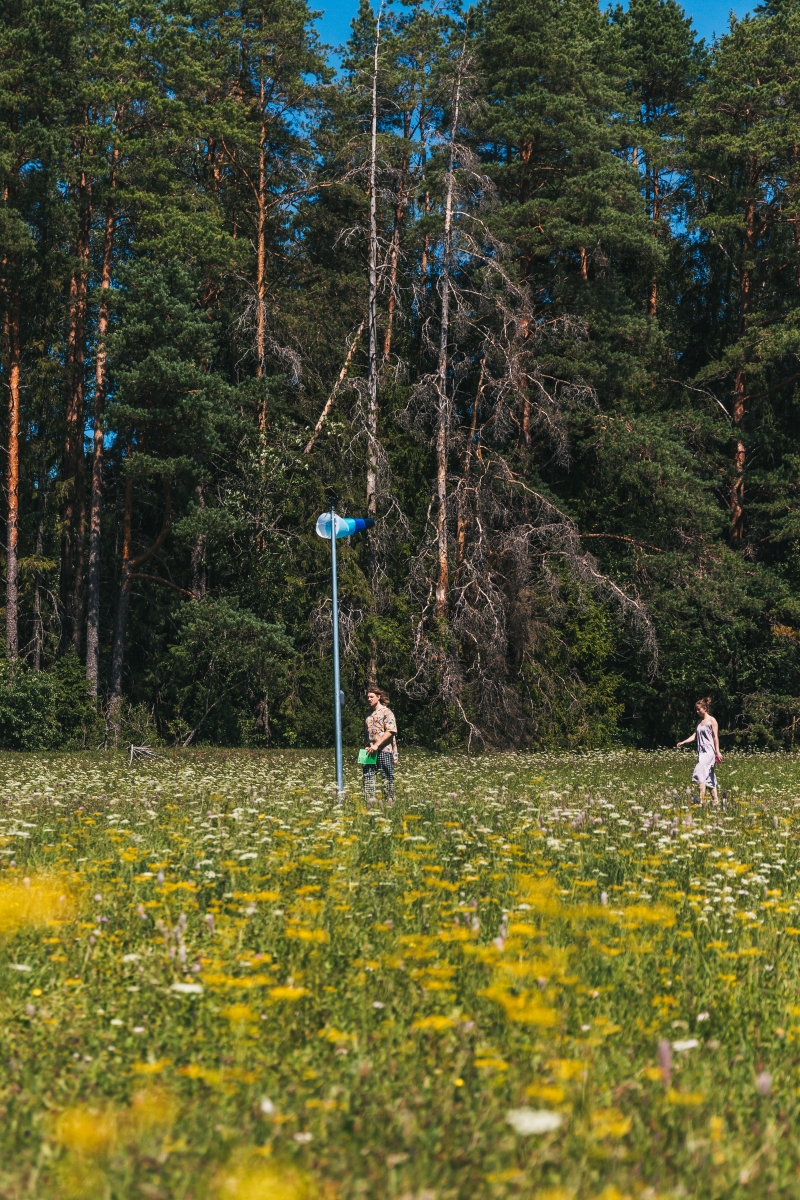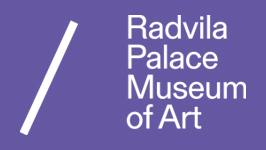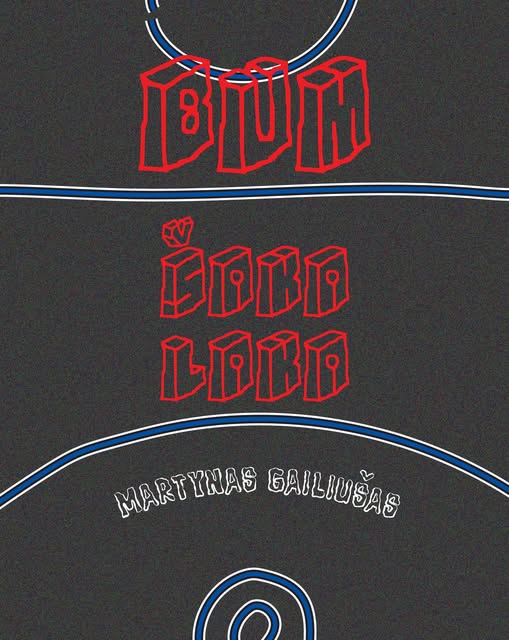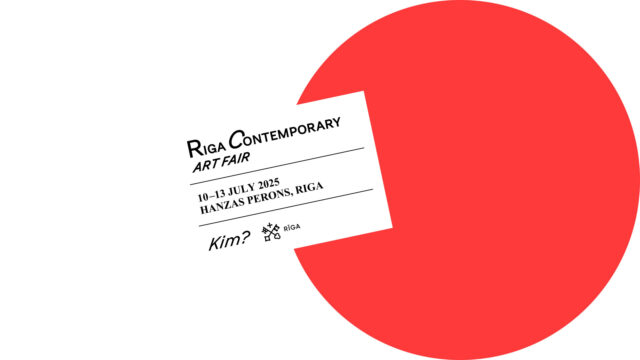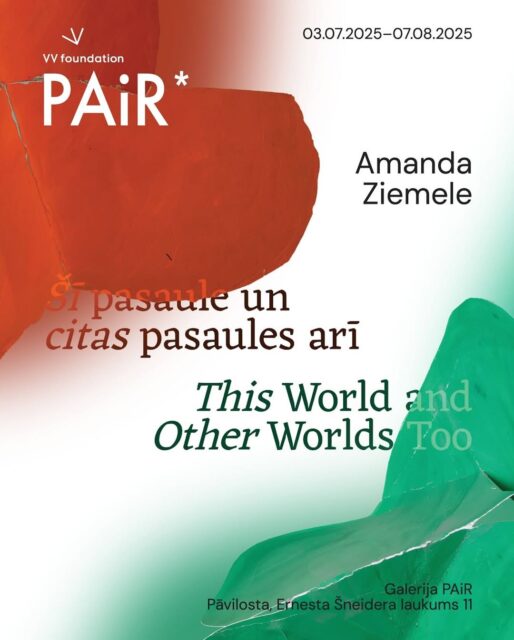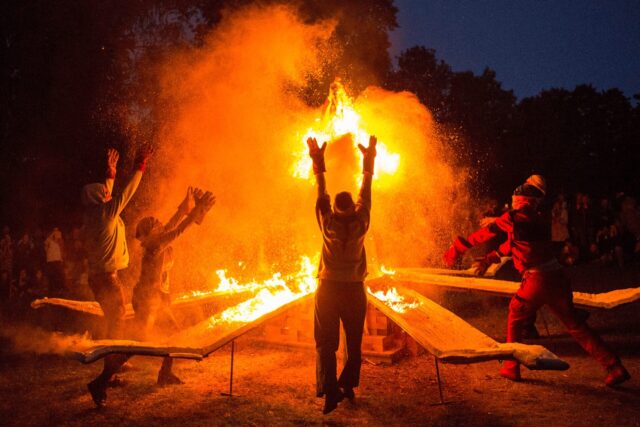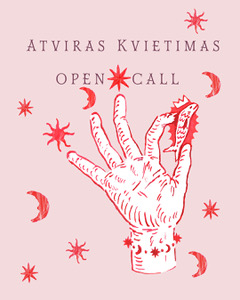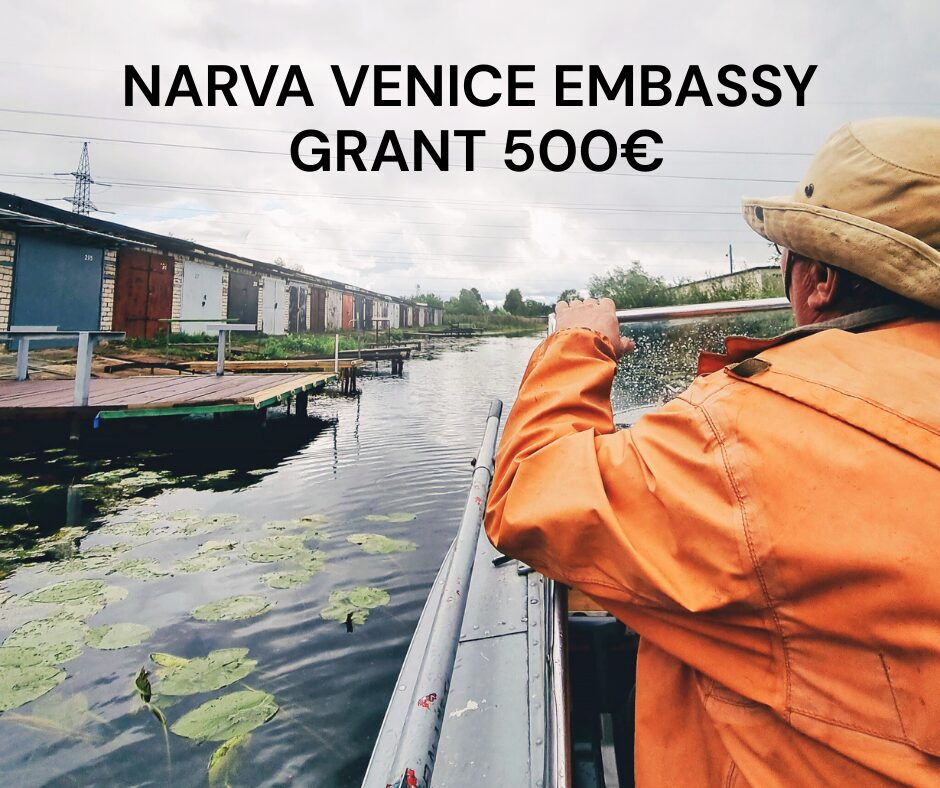Estonian art & tech farm Maajaam opened ‘Wild Bits’, an outdoor exhibition showcasing technological art. The exhibition is one of the highlights of the European Capital of Culture Tartu 2024 main programme. Maajaam is located in a rural area, in the midst of forests, fields and lakes in Otepää Nature Park.
Featuring 15 installations by renowned technological artists alongside emerging talents, ‘Wild Bits’ invites visitors to explore the intersecting realms of nature, humanity, and technology in the middle of the domed landscape of Southern Estonia. The exhibition is open until 15th of September and is suitable for exploring with the whole family.
As visitors traverse the 3 km long curated path, they’ll encounter installations that challenge perceptions and provoke thoughts. Guests are welcome to enjoy the world wind radio and the forest perfumery, transport pine cones out of the forest on a conveyor belt, empathise with the robot with a seemingly impossible task or, instead, row into the middle of the forest lake and study its biodiversity like a scientist.
Artists participating: Agnes Meyer-Brandis (DE), Marco Barotti (IT), Julijonas Urbonas (LT), Uģis Albiņš (LV), Anna Tamm and Vinzenz Leutenegger (EE/CH), Varvara & Mar (EE/ES), Jeanne Harignordoquy (FR), Janis Polar (CH), Greg Orrom Swan (UK), Andreas Zißler, Fabian Lanzmaier and Klemens Kohlweis (AT), Mohar Kalra (US), Claudia O’Steen and Aly Ogasian (US), heidundgriess (DE) and Studio Watershore (TW), Johan Kirsimäe and Markus Varki (EE).
Here is an interview with Mari-Liis Rebane – an artist and cultural events organiser, who runs Maajaam and is a co-curator of ‘Wild Bits’.
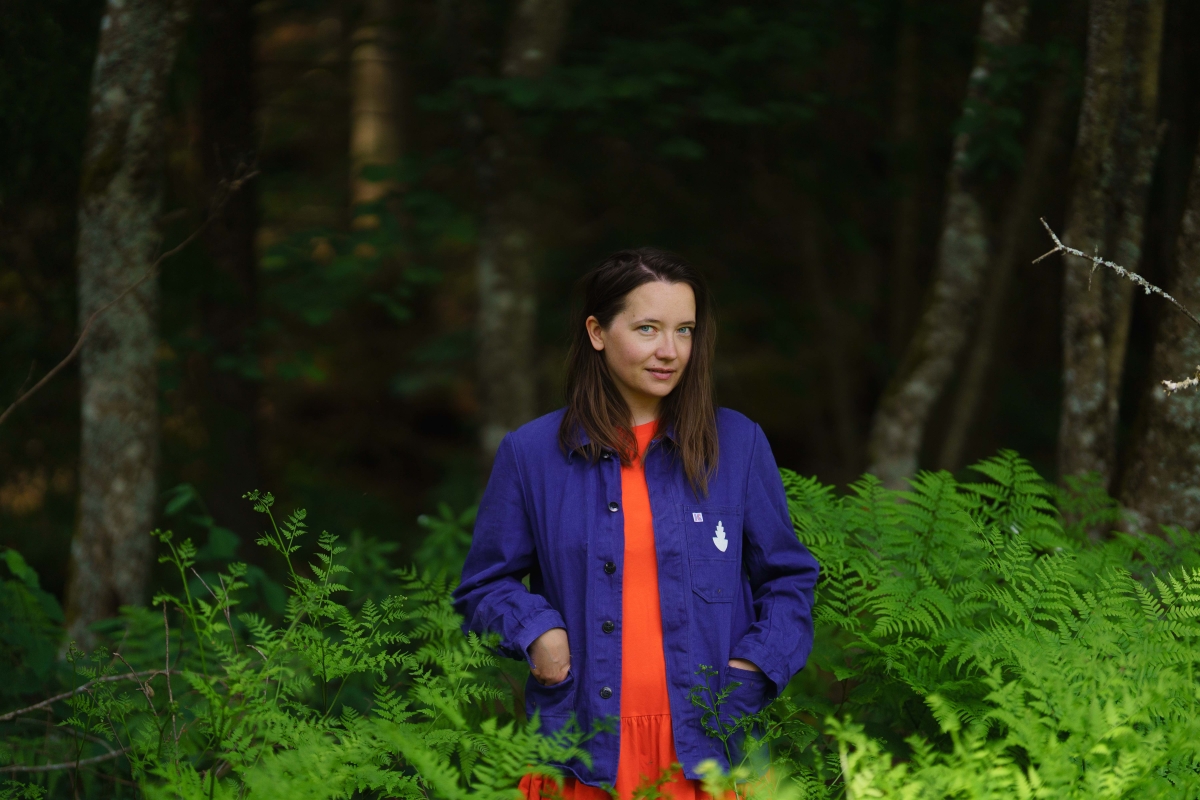
 Marie Valgre: Art and tech farm Maajaam was celebrating its 10th birthday last year and opened a new residency house. How did it all start with Maajaam?
Marie Valgre: Art and tech farm Maajaam was celebrating its 10th birthday last year and opened a new residency house. How did it all start with Maajaam?
Mari-Liis Rebane: Maaja:am was founded in 2013 by media artist Timo Toots, who got this place in 2012. First it was just a summer place and a seasonal summer studio, where also other artists and like-minded people gathered for creative experiments. Timo started hosting summer residencies and events and gatherings for artist communities. In 2020, I joined in and during covid years, there was a break in our activities due to the pandemic and a reset after which we have been expanding our residency facilities and opportunities for artists and we’ve been doing it together.
Marie Valgre: What is the concept of Maajaam? How does it function?
Mari-Liis Rebane: Maajaam is a space for artists to explore, research, experiment, produce, unwind from city life and reconnect with the wilderness.
We call Maajaam a farm for art and tech, but we do not limit our residency only with technological art and concepts around it. Mainly, Maajaam is run by me and Timo, but we also have an extended team for bigger projects such as “Wild Bits” outdoor exhibition and we also take on interns and volunteers during the whole year to help out with everything that’s needed to be done at the farm.
Marie Valgre: What kind of creatives are invited to Maajaam and how can an artist come to Maajaam’s residency?
Mari-Liis Rebane: We have had some open calls for specific themes such as “Wild Bits” residency or residency for Ukranian artists that have more specific requirements for the applicants, but generally artists and creatives can also apply for a self-funded residency to come and spend time at Maajaam however they like and on what’s currently most relevant for their artistic development and practice.
Marie Valgre: What kind of technical facilities await artists at Maajaam?
Mari-Liis Rebane: Maajaam has 2 studios, one fordustier work like woodwork, plasma cutting and another cleaner workshop for 3D printing, laser cutting or welding. It’s a great place for artists for both prototyping and production, because we have the workshops and tools to work on your project. We also recycle and upcycle materials from previous projects. For example we have a shed that is full of old devices or parts of technical equipment that can be reused. Although we are located away from the centre then our setup and sufficient preliminary work offers the luxury to really work on site.
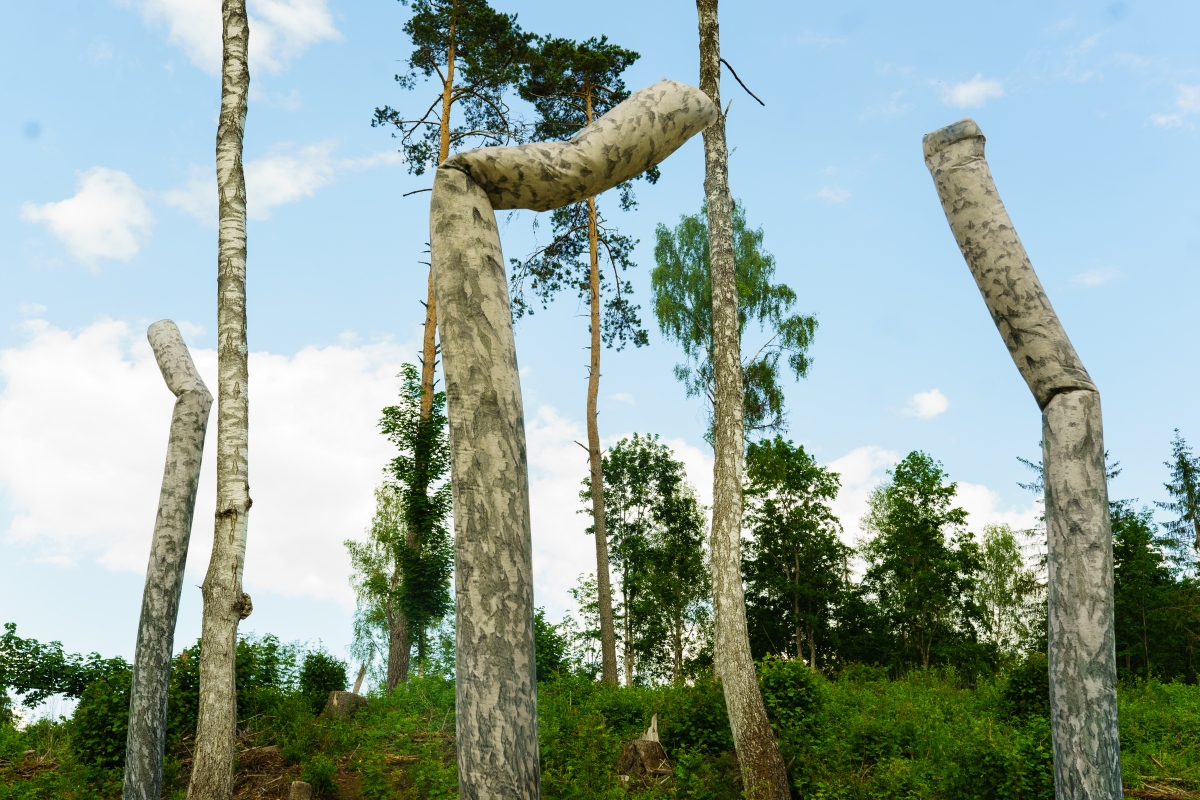 Marie Valgre: ‘Wild Bits’ is your largest exhibition project to date, featuring a large-scale outdoor display. Tell us what this exhibition is about and what the audience can expect to experience?
Marie Valgre: ‘Wild Bits’ is your largest exhibition project to date, featuring a large-scale outdoor display. Tell us what this exhibition is about and what the audience can expect to experience?
Mari-Liis Rebane: There are 15 different artworks that are exhibited around the landscape on different trails the audience can take on their hike through the exhibition. The works can be filed under different categories, we use labels like land art, kinetic art, sound art, media art, sculpture, robotic installation art, landscape interventions etc, also there are art and science projects where artists have been closely collaborating with scientists or other research-based processes that have formed into an artwork. In addition, the landscape plays an important part in the experience. On top of that, many artworks are dependent on the current weather conditions – either it is the wind or the sun that manipulate the experience.
Marie Valgre: Many of the artworks in ‘Wild Bits’ were created during artist residencies. Could you share some insights into the process behind the exhibition’s development and how it came together?
Mari-Liis Rebane: We have been developing the exhibition for 3 years and the works have been made during summer residencies at Maajaam between 2022-2024. As the exhibition required enormous preparation, it would have probably not been possible without the support from European Capital of Culture Tartu 2024, which allowed us to develop the project and aim big. We had several open calls and we received around 600 applications in total all over the world. In the process we had 5 curators with different backgrounds and expertise: Timo Toots and Taavi Suisalu, who are both practising artists in the field of media art and Marie Valgre, Kadri Lind, who are also curators and organisers for an interdisciplinary urban festival UIT in Tartu in addition to myself. My own professional background is mainly related to audiovisual arts and culture management.
Marie Valgre: You are also one of the founding members of Estonian Creative Residencies Network, which was established last year. What is the situation of creative residencies in Estonia in general? Do financers understand their necessity?
Mari-Liis Rebane: I think creative residencies in Estonia are getting more and more recognition in terms of visibility but we are still lacking support in terms of funding. Finally, we have also managed to create a legal body and organisation that hopefully functions on several levels: makes our voice audible for the funders, raises awareness among artists both locally and internationally and also helps to strengthen the cooperation at the members’ level and also with similar organisations internationally. I hope the decision-makers will start to understand the importance of creative residencies also locally and allocate more funds to support both the creatives and their hosts to operate on a professional level.
Marie Valgre: What are the next goals and dreams for Maajaam?
Mari-Liis Rebane: We are extremely happy to have found a good partnership with a similar art space in the wilderness – Savvaļa – in Smiltene, Latvia. Savvaļa is like a brother from another mother. It is a great place with great people, who we admire for their creativity and open-mindedness. For the next few years, we will be working together on building a network for other similar organisations and keep on developing ways for more sustainable art production in close collaboration with cultural organisation Ascendum and creative agency Kemmler Kemmler from Berlin. Savvaļa is only less than 2 hours away from Maajaam, so during this summer, both places are a must visit during your Baltic trip. We also hope that the artists will find their way to Maajaam and we can host other exciting artists after the “Wild Bits” exhibition closes. The exhibition is up until September 15, 2024, and who knows – maybe after some years we will be back with a new edition, but I would not recommend missing the current one.
Photography: Timo Toots, Epp Kubu, Gabriela Urm, Nima Sarabi, Fotomorgaana, Karlas Ramusis
